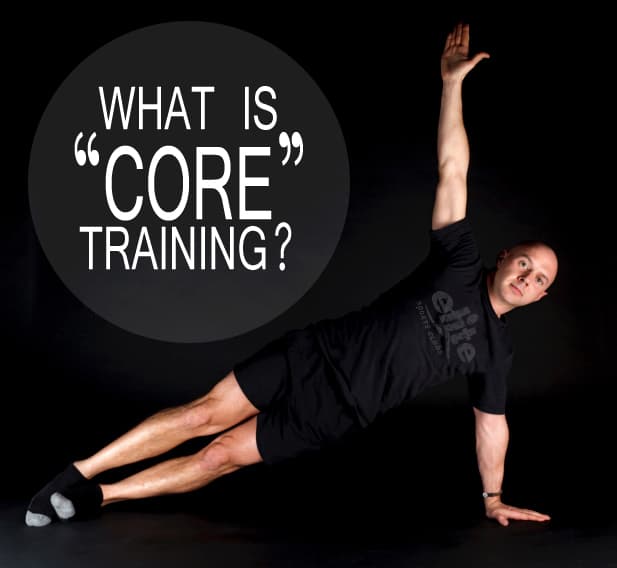
One of today’s fitness buzzwords is “Core training.” If you walk into any health club or fitness center, the talk isn’t about “abs” anymore; it’s all about the “core.” What is your core and why the philosophical switch in thinking?
There are many definitions of core training, here is my personal interpretation: Your core is not only your abdominals, it is any muscle that attaches to the spine or hips, and you could even include anything attached to the shoulder blades. Therefore all the muscles of your upper and lower back, all of the hip musculature and all of the abdominal muscles are components of your “core.”
So, why the switch in thinking on how to properly train our midsection?
Before we had modern-day health clubs, we had gymnasiums. Gymnasiums focused on total body training and the skills of gymnastics to refine the physical body. The 60’s and 70’s brought us body building. Body building focused on individual muscles, including the “abs.”
This thought process spawned Nautilus machines and the other large isolation machines you still see in health clubs today. If your goal is to increase muscle mass and look good, machines are an excellent training modality. If your goal is to function or perform better, machines and isolation training probably have some short comings. This is true for your core as well.
We now know that the body and core do not work in an isolated manner, it is a fully integrated machine and should be trained as such.
The Physical Therapy books show that rectus abdominus is a spinal flexor. If you are lying on the ground doing crunches, this is true. But we are upright bipedal beings. When we are upright, our rectus’ primary purpose is to prevent hyperextension, or the arching of the back. Watch someone do a push-up, the core should remain rigid and supportive of the spine, not allowing the spine to bow, this is what your abs are meant to do in the real world!
Functional training or real-world training of your core should include three types of training.
- Static exercises such as planks in all directions
- Dynamic upright rotational with medicine balls, tubing and cables
- Traditional flexion and extension exercises such as crunches and “superman’s”
In today’s technological world where everyone is hunched over a computer, flexion or crunches should be de-prioritzed, and more extension work should be done to balance people out.
The point being yes, train your abs, but train them in an integrated fashion the way they work in the real world!
For more information on how to properly exercise your core, ask a trainer or stop by for a fitness assessment & consultation.
By Paul Alexander, Elite Sports Club-North Shore Personal Training Director